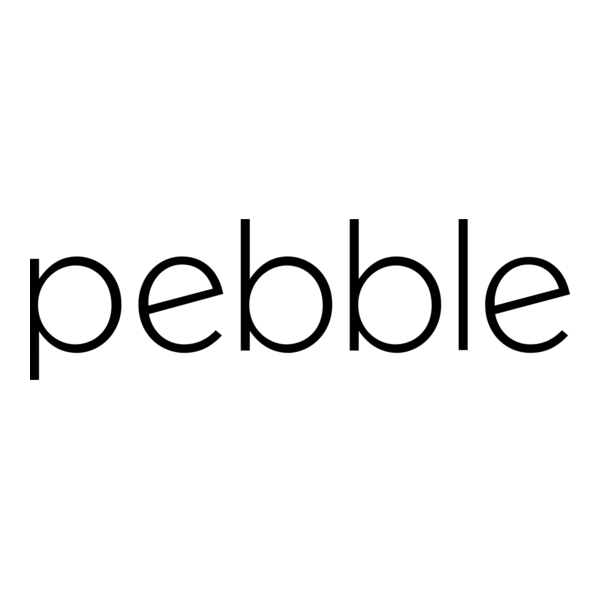
Pebblely: Complete Buyer's Guide
Automated AI product photography for e-commerce
Pebblely is a specialized AI product photography platform designed to eliminate traditional photoshoot requirements through automated background removal and contextual scene generation. The company positions itself as a cost-effective solution for e-commerce businesses and design professionals requiring rapid visual content generation at scale.
Market Position & Maturity
Market Standing
Pebblely operates within the rapidly expanding AI product photography market, positioning itself as a specialized solution targeting SMB e-commerce businesses rather than competing directly with enterprise-focused alternatives[40][52].
Company Maturity
Business maturity indicators suggest stable operations with established customer base primarily among e-commerce SMBs in fashion, beauty, and home goods sectors[42][44][49].
Growth Trajectory
Growth trajectory evidence includes recent API enhancements delivering 2048x2048 resolution outputs and reference image styling, indicating continued product development and capability expansion[58].
Industry Recognition
Industry recognition appears limited compared to enterprise alternatives, though customer adoption patterns among Shopify merchants and e-commerce SMBs suggest market validation for targeted use cases[44][52].
Longevity Assessment
Longevity assessment indicates stable operations for current market focus, though expansion into enterprise segments may require significant capability enhancements and security certifications.
Proof of Capabilities
Customer Evidence
Customer evidence demonstrates measurable outcomes across e-commerce implementations, with Shopify merchants reporting improved conversion rates for product pages using Pebblely-generated images versus traditional studio photography[44][52].
Quantified Outcomes
Quantified outcomes include significant time reduction compared to manual editing workflows, enabling rapid content iteration for seasonal campaigns and marketing updates[42][57].
Case Study Analysis
The Rubber Duck Store case study suggests potential for increased social media engagement and reduced customer acquisition costs through lifestyle imagery[42].
Market Validation
Market validation appears strongest among e-commerce SMBs operating under budget constraints while needing consistent brand presentation across marketing channels[42][47].
Competitive Wins
Competitive validation includes superior batch processing functionality compared to Photoroom and operational simplicity advantages over Claid.ai[40][52].
Reference Customers
Reference customers include e-commerce businesses in fashion, beauty, and home goods sectors[42][44][49].
AI Technology
Pebblely's AI technology core focuses on automated background removal and contextual scene generation, utilizing machine learning algorithms specifically trained for product photography applications.
Architecture
The architecture supports bulk processing of up to 25 images simultaneously, addressing workflow efficiency requirements for catalog management[40][41].
Primary Competitors
Photoroom, Claid.ai, Adobe Firefly, and Flair.ai[40][46][52].
Competitive Advantages
Automated shadow and reflection generation, bulk processing capabilities supporting simultaneous 25-image generation[40][41].
Market Positioning
Market positioning indicates strength in SMB e-commerce segments rather than creative agency requirements, where focused specialization delivers value through operational efficiency[40][52].
Win/Loss Scenarios
Win/loss scenarios favor Pebblely in standardized e-commerce applications requiring operational efficiency over creative flexibility.
Key Features

Pros & Cons
Use Cases
Integrations
Pricing
Featured In Articles
Comprehensive analysis of AI Product Photography Tools for AI Design for AI Design professionals. Expert evaluation of features, pricing, and implementation.
How We Researched This Guide
About This Guide: This comprehensive analysis is based on extensive competitive intelligence and real-world implementation data from leading AI vendors. StayModern updates this guide quarterly to reflect market developments and vendor performance changes.
59+ verified sources per analysis including official documentation, customer reviews, analyst reports, and industry publications.
- • Vendor documentation & whitepapers
- • Customer testimonials & case studies
- • Third-party analyst assessments
- • Industry benchmarking reports
Standardized assessment framework across 8 key dimensions for objective comparison.
- • Technology capabilities & architecture
- • Market position & customer evidence
- • Implementation experience & support
- • Pricing value & competitive position
Research is refreshed every 90 days to capture market changes and new vendor capabilities.
- • New product releases & features
- • Market positioning changes
- • Customer feedback integration
- • Competitive landscape shifts
Every claim is source-linked with direct citations to original materials for verification.
- • Clickable citation links
- • Original source attribution
- • Date stamps for currency
- • Quality score validation
Analysis follows systematic research protocols with consistent evaluation frameworks.
- • Standardized assessment criteria
- • Multi-source verification process
- • Consistent evaluation methodology
- • Quality assurance protocols
Buyer-focused analysis with transparent methodology and factual accuracy commitment.
- • Objective comparative analysis
- • Transparent research methodology
- • Factual accuracy commitment
- • Continuous quality improvement
Quality Commitment: If you find any inaccuracies in our analysis on this page, please contact us at research@staymodern.ai. We're committed to maintaining the highest standards of research integrity and will investigate and correct any issues promptly.